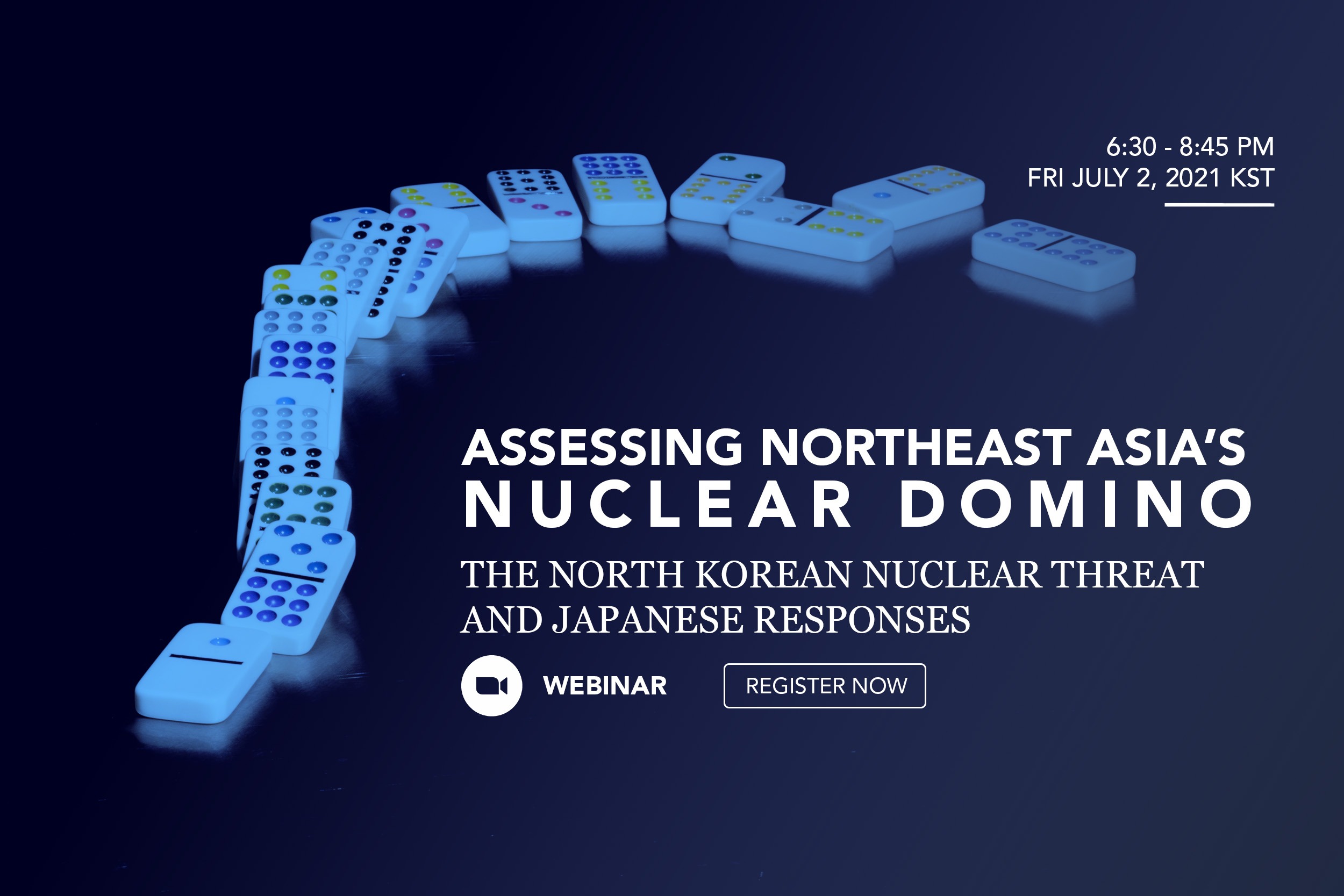76th Anniversary of Hiroshima and Nagasaki Bombings
Dr. Masao Tomonaga, Mr. Max McCoy, Ms. Masako Toki, and Ms. Lucy Stewart share their thoughts to commemorate the anniversary of the Hiroshima and Nagasaki bombings.
Masao Tomonaga is Honorary Director of the Japanese Red Cross Nagasaki Atomic Bomb Hospital and a hibakusha (atomic bomb survivor). He studied internal medicine and hematology at Nagasaki University Medical School.
President Barack Obama’s visit to Hiroshima in 2016 was the first by an incumbent US President. In his address, he explained that 71 years ago, on a bright cloudless morning, death fell from the sky and the world was changed: mankind possessed the means to destroy itself. Over 200,000 citizens were killed instantaneously. Within three months, the same number of survivors (hibakusha) suffered long-lasting consequences to their health, such as cancer and leukemia due to radiation-induced DNA damage.
It is extremely fortunate that no political leaders or military commanders have used nuclear weapons in wars or conflicts since 1945. Nagasaki still remains the second victim city. We, the citizens of Nagasaki, hope there will never be a third city. Only the total elimination of nuclear weapons can make our wish come true.
Today we have two international treaties: the NPT, which is now more than 50-years old, and the TPNW, which entered into force this year. Yet, we still cannot foresee the total elimination of nuclear weapons. Persisting nuclear deterrence policies and doctrines among the nuclear weapon states make it seem that nuclear weapons are here to stay forever. The United Nations cannot push the permanent members of the Security Council, which are all nuclear weapon states, to abandon their nuclear weapons. Yet the risk of future nuclear war or accidental nuclear detonation is an existential danger to humankind. The elimination of nuclear weapons can only be achieved when all nuclear weapon states take responsibility for all human beings, which will require them to overturn their nuclear deterrence policies. What’s needed is a moral revolution.
Max McCoy is an award-winning author, journalist, and investigative biographer. He is the author of the four original Indiana Jones adventures for Lucasfilm, the critically acclaimed thriller The Moon Pool, and the Hellfire western noir trilogy.
This is a summary of his recent commentary in the Missouri Independent.
When I stood with Yoshito Matsushige on the Miyuki Bridge in Hiroshima in 1986 and listened as he described the horrors he saw on the day of the atomic bombing, I knew his story had the power to change the world. Matsushige was a 32-year-old newspaper photographer in 1945, and the only person known to have taken photos on the ground in Hiroshima the day the bomb fell. He made five photos that day, and his most moving image was made on the Miyuki Bridge. It shows junior high school students clustered on the bridge, their skin hanging from their bodies in strips like tattered paper. At the edge of the frame is a mother holding a dead child, calling the child’s name. After he developed the negatives, and washed them in a stream behind his damaged house, he was overcome with grief, and with the point of a pair of scissors he scratched out the mother’s face, to save her–and himself–from the shame. For decades, the hibakusha–literally, those who received the bomb–dealt with the shame and the horror of having survived the bombing.
In 1986, during the Cold War, the Doomsday Clock stood at three minutes to midnight. After having been moved back after the Cold War, the hands of the Clock are now at 100 seconds, the closest ever. The threat remains with us, and has been made more perilous by the remaining stockpiles in the United States and the former Soviet Union, the expansion of China to store and launch missiles, and the acquisition of nuclear arms by North Korea. In addition, we also face existential threats from climate change, lies and misinformation, and a botched global response to the coronavirus. Now, more than ever, we must not forget the witness of Yoshito Matsushige, who died at age 92 but whose photographs serve as an eternal and graphic reminder of the ground level, human consequences of doomsday. We must continue to work for a world that is free of nuclear weapons.
Masako Toki is Senior Project Manager and Research Associate at the James Martin Center for Nonproliferation Studies, Middlebury Institute of International Studies at Monterey.
With the average age of hibakusha now over 84, conveying the catastrophic humanitarian consequences of the use of nuclear weapons to younger generations is more urgent than ever before. Understanding what really happened under the mushroom clouds in Hiroshima and Nagasaki 76 years ago is essential in any nuclear disarmament discourse.
“The basis of peace is for people to understand the pains of others,” is an aphorism by late hibakusha, Katsuji Yoshida. Through such empathy, we can understand the suffering of atomic bomb survivors and victims, and can see the inhuman nature of nuclear weapons more clearly.
Climate change and nuclear weapons are existential threats to humanity. But, public awareness of nuclear threats is awfully low. As long as nuclear weapons exist, there is a possibility that they may be used, whether accidentally or intentionally. The only guarantee against the use of nuclear weapons is their total elimination, as UN Secretary General António Guterres stated in his message at the Hiroshima Peace Memorial Ceremony on 6 August.
The vision of a world without nuclear weapons can only be realized if the younger generations continue to accelerate momentum toward such a goal. As the voices of hibakusha will soon sadly no longer be with us to bear witness, disarmament education for youth has become more critical than ever.
Lucy Stewart is Programme Manager at the Disarmament and Security Centre in Christchurch, Aotearoa, New Zealand.
This week, people from across the globe come together to remember the victims of nuclear weapons and the hibakusha (atomic bomb survivors), as well as those who have suffered from the terrible effects of nuclear testing. In nuclear free Aotearoa-New Zealand, we especially remember those in the Pacific.
Yet today, nine countries still possess nuclear weapons – inhumane, immoral and now, illegal. The Treaty on the Prohibition of Nuclear Weapons came into force on 22 January this year, after being negotiated and adopted by the United Nations in 2017. So far there are 55 states parties to the treaty and 86 signatories. This number continues to grow as more countries reject nuclear weapons for security. We call on all nations to get on the right side of morality, legality, and history and endorse this Treaty. Let there be no more Hiroshimas, no more Nagasakis and no more hibakusha.
Image: APLN / iStock, Ito Toyu.



